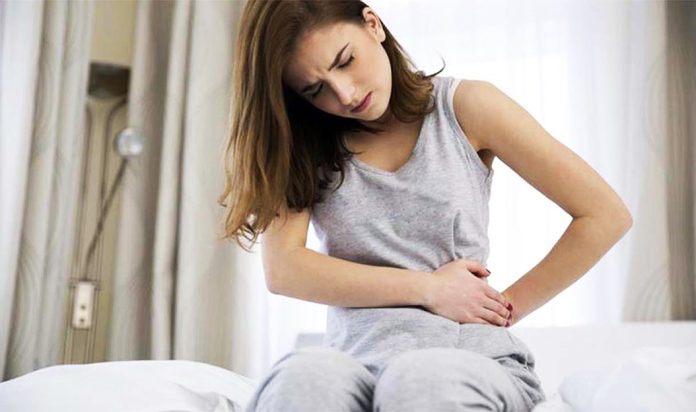What Are Uterine Fibroids?
Uterine fibroids are tumors that grow in or on your uterus, or womb. Fibroids aren’t cancerous and hardly ever turn into cancer. They’re made of smooth muscle cells and other tissue that grows in or around your uterus. Up to 80% of women (and those assigned female at birth) will develop uterine fibroids by age 50.
Fibroids may appear as a single tumor or a cluster of growths. You might have one fibroid or many. They can range in size quite a bit. Some are as tiny as a seed, while others are as large as a watermelon.
Doctors haven’t figured out the exact cause of uterine fibroids. They do know that the tumors tend to grow more during the years you’re able to get pregnant. That’s because you have high amounts of the hormones estrogen and progesterone in your body at this time. These hormones are thought to play a role in the growth of fibroids.
Fibroids usually shrink and cause fewer symptoms when your hormone levels drop as you enter menopause. But sometimes they grow even after menopause.
Types of Uterine Fibroids
There are several types of uterine fibroids. They’re classified by where they’re located and how they attach to your uterus.
Intramural fibroids. These are the most common type. They grow within the muscular wall of your uterus.
Submucosal fibroids. This type develops under the lining of your uterus.
Subserosal fibroids. These are found on the outer surface of your uterus. They can grow very large and expand into your pelvis.
Pedunculated fibroids. The least common type, these attach to the inside or outside of your uterus with a stalk. This makes them look something like a mushroom.
Your doctor can use imaging tests like magnetic resonance imaging (MRI) to tell which type of fibroids you have.
Uterine Fibroid Symptoms
Uterine fibroids may not cause any symptoms, especially if they’re small. But you may notice:
- Painful periods
- Heavy bleeding during your period
- Bleeding between periods
- Bloating or a feeling of fullness
- A frequent urge to pee
- Trouble peeing
- Pain during sex
- Low back pain
- Constipation
- Discharge from your vagina
- A large belly that may make you look pregnant
- A low red blood cell count, called anemia
Fibroid pain varies from person to person. You may feel heaviness, a dull ache, or cramps. In some cases, you could even have sharp, stabbing pain. This can happen when a larger fibroid gets too big for its blood supply and starts to break down.
Uterine fibroids can make it harder to get pregnant. You may also be more likely to have a miscarriage, early labor, or a C-section.
In rare cases, fibroids can cause period-like bleeding even after you’re in menopause. Always see a doctor if you have any bleeding after your periods stop. You may need treatment for fibroids, or it could be a sign of something more serious like a thyroid problem or cancer.
Uterine Fibroid Risk Factors
You’re more likely to get uterine fibroids if you:
- Have obesity or carry extra weight
- Are in your 30s or 40s
- Have a family history of fibroids
- Have never been pregnant
- Started your period before age 10
- Started menopause later than average
- Have low levels of vitamin D in your body
- Eat lots of red meat and little green veggies, fruits, and dairy products
- Drink alcohol
Race also plays a role in your risk for uterine fibroids. Although the reasons aren’t clear, Black people are two to three times more likely to develop them than those of other races. They also tend to get fibroids at a younger age, have larger fibroids, and feel worse symptoms. In addition, fibroids are less likely to shrink after menopause in Black people than in White people.
Uterine Fibroids After Menopause
You’re in menopause when it’s been 12 months since your last period. Most people enter menopause in their late 40s or 50s. The average age is 51. After menopause, your ovaries don’t make estrogen or progesterone anymore. Symptoms of uterine fibroids usually, but not always, get better during menopause.
Do fibroids shrink after menopause?
Uterine fibroids tend to shrink after menopause once your body stops making hormones that feed them. Smaller fibroids cause fewer symptoms.
Do fibroids go away with menopause?
When your fibroids shrink drastically, your symptoms may go away completely. It might feel like the fibroids are gone. You’re also much less likely to develop new fibroids when you’re in menopause.
Can fibroids grow after menopause?
It’s rare, but fibroids can sometime grow after menopause. This happens because other tissues in your body besides your ovaries make estrogen. For instance, the adrenal glands on your kidneys and fat cells also supply the hormone. Uterine fibroids that grow after menopause tend to cause milder symptoms.









